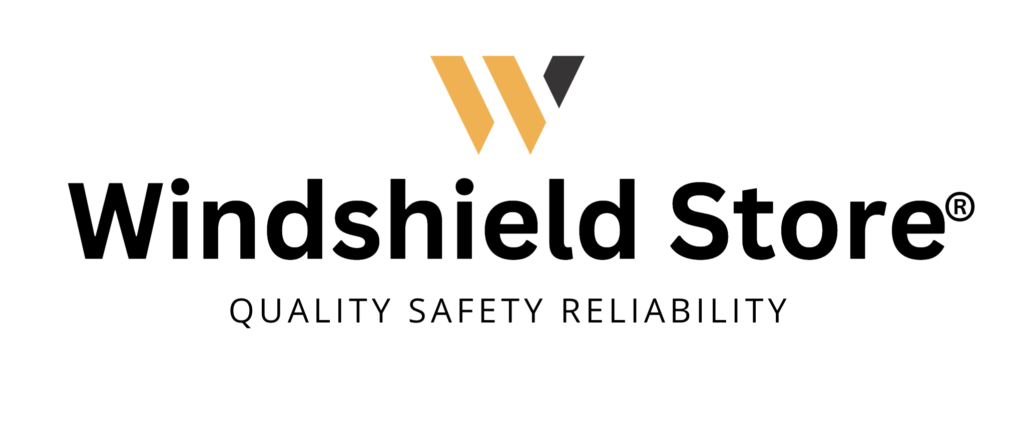The most difficult question after a car windshield breakage is the selection of a replacement windshield brand. Every windshield replacement company offers a specific brand. Of course, it depends upon the brand value, customer feedback as well as some financial angle. The company does want to earn a profit while maintaining customer satisfaction.
For the Indian market, most common car glass brands are AIS, Saint Gobain Sekurit and XYG. While AIS and Saint Gobain have manufacturing units in India, XYG is supplied by importers.
How will you decide which car glass brand is well suited for your car?
Of course, the natural answer is the Original/Genuine brand which is used by your car manufacturer. But, the original part is too expensive compared to other after-market brands. Why is it so? Are all aftermarket brands have poor quality? Let’s answer some of these questions for you.
Why Genuine/Original brand windshield is expensive?
Original brands or OEM brands have stringent quality control and are the sole supplier of the part to the car manufacturer. The OEM Supplier has the original design and specification of the car, based on which it develops your car glass. So, OEM brand windscreens are costly. The cost factor is partly due to R&D for new design and technology, quality control measures and product testing they do and partly due to the brand value. For most Indian cars, Saint Gobain and AIS are OEM suppliers.
Do Non-OEM brands have low in quality control?
This is not entirely true. All Aftermarket brands or Non-OEM brands are not the same. Here, We are not referring to uncertified glass manufacturers, with substandard quality control. We are referring to know and certified brands like AIS, Saint Gobain, Pilkington, XYG and Fuyao.
Actually, for most of the car brands, these are OEM suppliers for one or another model. Even if, they are not OEM suppliers for some particular models, they offer the entire range of products to the aftermarket. So, these brands maintain their product quality for their entire product range.
For the models, where a particular car glass brand doesn’t have an OE contract, they basically, copy the OE part with a few differences, like in ceramic design or some times in shade-band, etc to avoid intellectual property infringement. But this doesn’t mean that they compromise with any of the design specification or safety protocols.
Read more about OEM and aftermarket windshields
How can we check whether the windshield has passed relevant testing or it is certified?
The car windshield logo has all relevant information regarding product safety compliance certificate and testing. It is mandatory that the car glass logo shows certain certifications and approvals detail through their logo and other marking to sell car glasses in certain countries including India. Before you opt for a particular brand, you should check these compliance markings.
Which are the safety compliance certifications for car glass?
Different countries have different safety standards for automotive glass manufacturers. All car glass manufacturers must follow these safety standards and need to get certification from relevant authorities to sell their products in that particular country. These certifications are shown in the car glass logo so that the customer is well informed.
Some of these international standards are discussed below. These are internationally accepted safety standard and many countries which don’t have their own testing and certification facility accept these standards in their country.
DOT and AS Certification
This is US federal certification provided by the Department of Transport. All windshields or car glass sold in the USA must have this certification. DoT provides a unique number to all car glass manufacturers to identify its source. Also, all car glasses that are sold in the US must have AS standard mention on the glass. AS1 is for the windshield, AS2 for tempered door glasses and other higher numbers for other specific locations and vehicles.
European ECE Certification
UN/ECE or E-Marks are European equivalents of DOT certification. But these are more rigorous in testing and safety standards. UN Economic Commission for Europe issues specific E-codes like E1 is for Germany, E2 for France. These E marks signify the country which has certified the car glass manufacturer. E marks are a must to sell a car glass in Europe.
Car glass must pass UN/ECE standard R43. It is denoted in the car logo as 43R – xxxxxx. The last numeric digits are specific numbers assigned to a model by the relevant authority and are different for different models and make.
CCC Certification
CCC is Chinese certification also knows as Chinese Compulsory Certificate. It was introduced in 2002. All automotive glass manufacturers need to get their products tested and certified under CCC.
ISI Certification
ISI is Indian certification issued by Indian Standard Institute. Though ISI is not yet compulsory in India as India accepts above international standards. Yet some manufacturers have opted for ISI certification also.
Now Let’s compare AIS, Saint Gobain, and XYG windshield Safety Compliance Certificates using their logos?
 |  |  |
| ECE, CCC, DOT | ISI, ECE, DOT | ISI, ECE, DOT, CCC |
Conclusion: Comparing AIS, Saint Gobain, and XYG windshield logos, we can see that all three manufacturers have more than 2 safety compliance certifications for their products. Hence, all have required quality compliance certificate to sell products in India.
So as far as product quality is concerned all these brands are similar in quality standards. This is the main reason why most car manufacturers prefer these brands. Hence you can opt for any of these brands as replacement parts even if it is not an OEM supplier for a particular car model. These compliance certificates show that their product is safe for use.
If your car glass replacement company offers you any other brand, you can also check its logo and the safety standards that the brand complies with using the above information.
